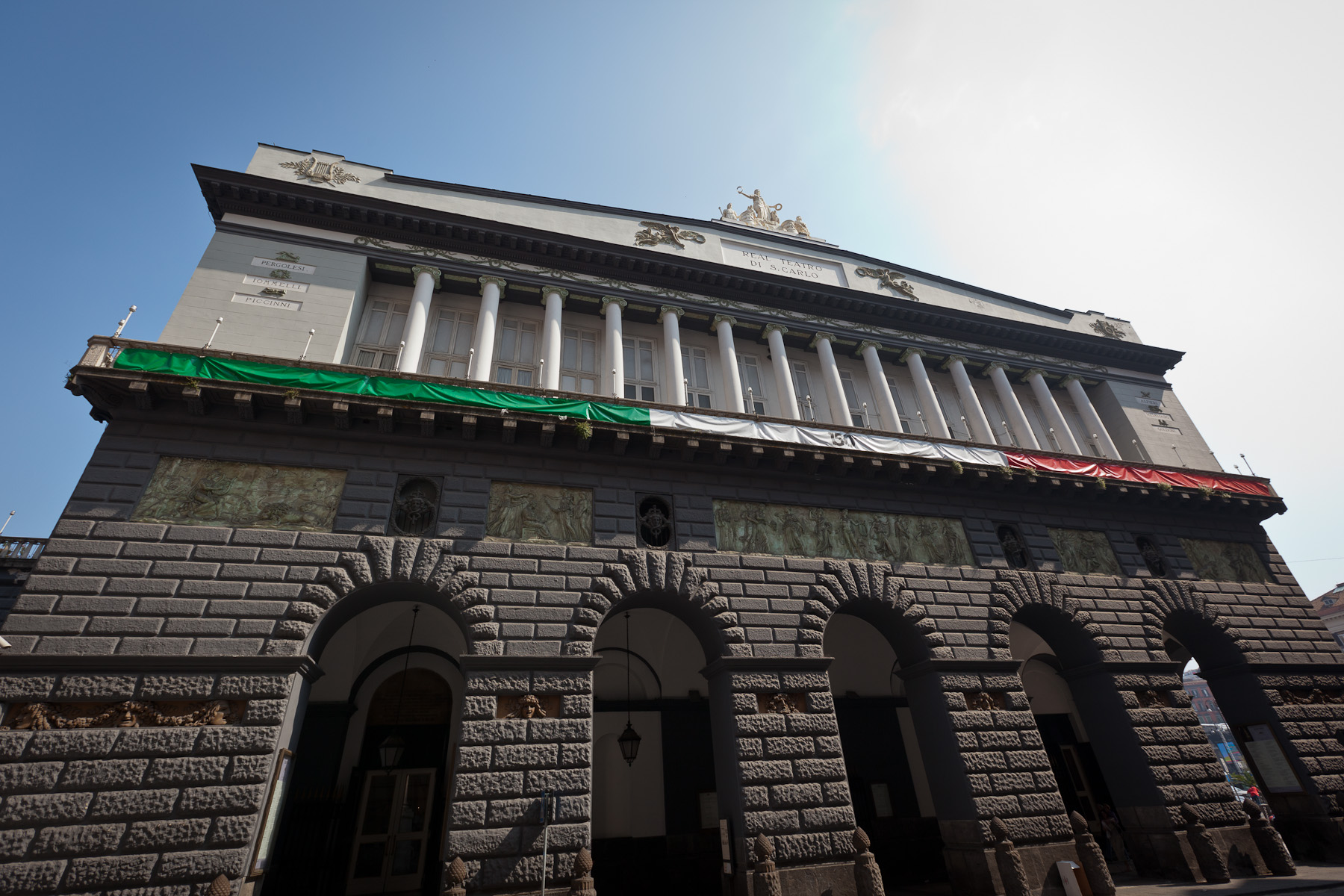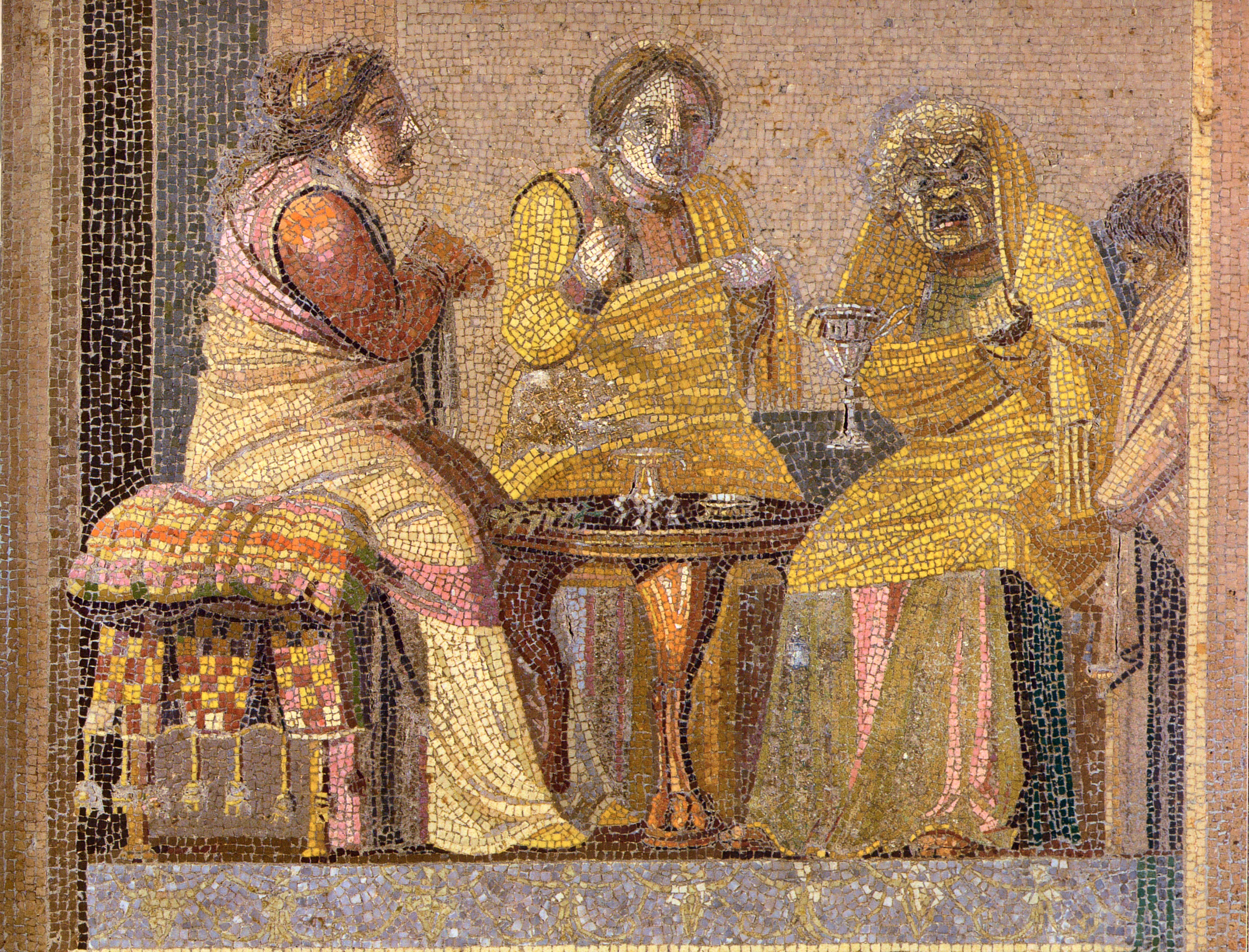|
Struthers Library Building
Struthers Library Building, also known as the Library Theatre, is a historic library and theatre building located at Warren, Pennsylvania, Warren, Warren County, Pennsylvania. It was built in 1883, and is a red brick building in three sections. It measures 73 feet wide by 162 feet deep. The front section is three stories high with a corner tower. The second floor housed a library and the third a meeting hall, which was originally used as the town's Masonic Temple. It has a marquee on the front elevation. Behind the front section is the auditorium and behind that a three-story section with dressing rooms and stage. The auditorium was originally built as a Victorian opera house. The building was renovated in 1919 by the architectural firm of Warren and Wetmore. ''Note:'' This includes During the 1919 renovation, the auditorium was modified to make it suitable for movies and traveling vaudeville shows. In 1983, the auditorium underwent an extensive restoration, preserving the de ... [...More Info...] [...Related Items...] OR: [Wikipedia] [Google] [Baidu] |
Warren, Pennsylvania
Warren is a city in Warren County, Pennsylvania, United States, located along the Allegheny River. The population was 9,404 at the 2020 census. It is the county seat of Warren County. It is home to the headquarters of the Allegheny National Forest and the Cornplanter State Forest. It is also the headquarters for the Chief Cornplanter Council, the oldest continuously chartered Boy Scouts of America Council, and the catalog company Blair. Warren is the principal city of the Warren, PA Micropolitan Statistical Area. History Warren was initially inhabited by Native Americans of the Seneca nation. French explorers had longstanding claims to the area which they acted to secure in an unambiguous fashion with a military-Amerindian expedition in 1749 that buried a succession of plaques claiming the territory as France's in response to the formation of the colonial Ohio Companyand the first of these was buried in Warren but ultimately control was transferred to the British after the Fre ... [...More Info...] [...Related Items...] OR: [Wikipedia] [Google] [Baidu] |
Library
A library is a collection of materials, books or media that are accessible for use and not just for display purposes. A library provides physical (hard copies) or digital access (soft copies) materials, and may be a physical location or a virtual space, or both. A library's collection can include printed materials and other physical resources in many formats such as DVD, CD and cassette as well as access to information, music or other content held on bibliographic databases. A library, which may vary widely in size, may be organized for use and maintained by a public body such as a government; an institution such as a school or museum; a corporation; or a private individual. In addition to providing materials, libraries also provide the services of librarians who are trained and experts at finding, selecting, circulating and organizing information and at interpreting information needs, navigating and analyzing very large amounts of information with a variety of resources. Li ... [...More Info...] [...Related Items...] OR: [Wikipedia] [Google] [Baidu] |
Theatre
Theatre or theater is a collaborative form of performing art that uses live performers, usually actors or actresses, to present the experience of a real or imagined event before a live audience in a specific place, often a stage. The performers may communicate this experience to the audience through combinations of gesture, speech, song, music, and dance. Elements of art, such as painted scenery and stagecraft such as lighting are used to enhance the physicality, presence and immediacy of the experience. The specific place of the performance is also named by the word "theatre" as derived from the Ancient Greek θέατρον (théatron, "a place for viewing"), itself from θεάομαι (theáomai, "to see", "to watch", "to observe"). Modern Western theatre comes, in large measure, from the theatre of ancient Greece, from which it borrows technical terminology, classification into genres, and many of its themes, stock characters, and plot elements. Theatre artist Patrice ... [...More Info...] [...Related Items...] OR: [Wikipedia] [Google] [Baidu] |
Warren County, Pennsylvania
Warren County is a county in the Commonwealth of Pennsylvania. As of the 2020 census, the population was 38,587. Its county seat is Warren. The county was formed in 1800 from parts of Allegheny and Lycoming counties; attached to Crawford County until 1805 and then to Venango County until Warren was formally organized in 1819. Warren County makes up the Warren, Pennsylvania micropolitan statistical area. Geography According to the U.S. Census Bureau, the county has a total area of , of which is land and (1.6%) is water. Notable physical features include the Allegheny River, the Allegheny Reservoir, the Kinzua Dam, and the Allegheny National Forest. The county has a warm-summer humid continental climate (''Dfb'') and average temperatures in the city of Warren range from 24.5 °F in January to 69.3 °F in July Climate Adjacent counties *Chautauqua County, New York (north) *Cattaraugus County, New York (northeast) * McKean County (east) * Elk County (southeast) * ... [...More Info...] [...Related Items...] OR: [Wikipedia] [Google] [Baidu] |
Auditorium
An auditorium is a room built to enable an audience to hear and watch performances. For movie theatres, the number of auditoria (or auditoriums) is expressed as the number of screens. Auditoria can be found in entertainment venues, community halls, and theaters, and may be used for rehearsal, presentation, performing arts productions, or as a learning space. Etymology The term is taken from Latin (from ''audītōrium'', from ''audītōrius'' ("pertaining to hearing")); the concept is taken from the Greek auditorium, which had a series of semi-circular seating shelves in the theatre, divided by broad 'belts', called ''diazomata'', with eleven rows of seats between each. Auditorium structure The audience in a modern theatre are usually separated from the performers by the proscenium arch, although other types of stage are common. The price charged for seats in each part of the auditorium (known in the industry as the house) usually varies according to the quality o ... [...More Info...] [...Related Items...] OR: [Wikipedia] [Google] [Baidu] |
Opera House
An opera house is a theatre building used for performances of opera. It usually includes a stage, an orchestra pit, audience seating, and backstage facilities for costumes and building sets. While some venues are constructed specifically for operas, other opera houses are part of larger performing arts centers. Indeed, the term ''opera house'' is often used as a term of prestige for any large performing-arts center. History Italy is a country where opera has been popular through the centuries among ordinary people as well as wealthy patrons and it continues to have many working opera houses such as Teatro Massimo in Palermo (the biggest in Italy), Teatro di San Carlo in Naples (the world's oldest working opera house) and Teatro La Scala in Milan. In contrast, there was no opera house in London when Henry Purcell was composing and the first opera house in Germany, the Oper am Gänsemarkt, was built in Hamburg in 1678, followed by the Oper am Brühl in Leipzig in 1693, and t ... [...More Info...] [...Related Items...] OR: [Wikipedia] [Google] [Baidu] |
Warren And Wetmore
Warren and Wetmore was an architecture firm in New York City which was a partnership between Whitney Warren (1864–1943) and Charles Delevan Wetmore (June 10, 1866 – May 8, 1941), that had one of the most extensive practices of its time and was known for the designing of large hotels. Partners Whitney Warren was a cousin of New York's Vanderbilt family, and spent ten years at the École des Beaux Arts. There he met fellow architecture student Emmanuel Louis Masqueray, who would, in 1897 join the Warren and Wetmore firm. He began practice in New York City in 1887. Warren's partner, Charles Delevan Wetmore (usually referred to as Charles D. Wetmore), was a lawyer by training. Their society connections led to commissions for clubs, private estates, hotels and terminal buildings, including the New York Central office building, the Chelsea docks, the Ritz-Carlton, Biltmore, Commodore, and Ambassador Hotels. They were the preferred architects for Vanderbilt's New York Central ... [...More Info...] [...Related Items...] OR: [Wikipedia] [Google] [Baidu] |
Vaudeville
Vaudeville (; ) is a theatrical genre of variety entertainment born in France at the end of the 19th century. A vaudeville was originally a comedy without psychological or moral intentions, based on a comical situation: a dramatic composition or light poetry, interspersed with songs or ballets. It became popular in the United States and Canada from the early 1880s until the early 1930s, but the idea of vaudeville's theatre changed radically from its French antecedent. In some ways analogous to music hall from Victorian Britain, a typical North American vaudeville performance was made up of a series of separate, unrelated acts grouped together on a common bill. Types of acts have included popular and classical musicians, singers, dancers, comedians, trained animals, magicians, ventriloquists, strongmen, female and male impersonators, acrobats, clowns, illustrated songs, jugglers, one-act plays or scenes from plays, athletes, lecturing celebrities, minstrels, and movies. A ... [...More Info...] [...Related Items...] OR: [Wikipedia] [Google] [Baidu] |
National Register Of Historic Places
The National Register of Historic Places (NRHP) is the United States federal government's official list of districts, sites, buildings, structures and objects deemed worthy of preservation for their historical significance or "great artistic value". A property listed in the National Register, or located within a National Register Historic District, may qualify for tax incentives derived from the total value of expenses incurred in preserving the property. The passage of the National Historic Preservation Act (NHPA) in 1966 established the National Register and the process for adding properties to it. Of the more than one and a half million properties on the National Register, 95,000 are listed individually. The remainder are contributing resources within historic districts. For most of its history, the National Register has been administered by the National Park Service (NPS), an agency within the U.S. Department of the Interior. Its goals are to help property owners and inte ... [...More Info...] [...Related Items...] OR: [Wikipedia] [Google] [Baidu] |
Theatres On The National Register Of Historic Places In Pennsylvania
Theatre or theater is a collaborative form of performing art that uses live performers, usually actors or actresses, to present the experience of a real or imagined event before a live audience in a specific place, often a stage. The performers may communicate this experience to the audience through combinations of gesture, speech, song, music, and dance. Elements of art, such as painted scenery and stagecraft such as lighting are used to enhance the physicality, presence and immediacy of the experience. The specific place of the performance is also named by the word "theatre" as derived from the Ancient Greek θέατρον (théatron, "a place for viewing"), itself from θεάομαι (theáomai, "to see", "to watch", "to observe"). Modern Western theatre comes, in large measure, from the theatre of ancient Greece, from which it borrows technical terminology, classification into genres, and many of its themes, stock characters, and plot elements. Theatre artist Patrice Pavi ... [...More Info...] [...Related Items...] OR: [Wikipedia] [Google] [Baidu] |
Libraries On The National Register Of Historic Places In Pennsylvania
A library is a collection of materials, books or media that are accessible for use and not just for display purposes. A library provides physical (hard copies) or digital access (soft copies) materials, and may be a physical location or a virtual space, or both. A library's collection can include printed materials and other physical resources in many formats such as DVD, CD and cassette as well as access to information, music or other content held on bibliographic databases. A library, which may vary widely in size, may be organized for use and maintained by a public body such as a government; an institution such as a school or museum; a corporation; or a private individual. In addition to providing materials, libraries also provide the services of librarians who are trained and experts at finding, selecting, circulating and organizing information and at interpreting information needs, navigating and analyzing very large amounts of information with a variety of resources. Li ... [...More Info...] [...Related Items...] OR: [Wikipedia] [Google] [Baidu] |
Theatres Completed In 1883
Theatre or theater is a collaborative form of performing art that uses live performers, usually actors or actresses, to present the experience of a real or imagined event before a live audience in a specific place, often a stage. The performers may communicate this experience to the audience through combinations of gesture, speech, song, music, and dance. Elements of art, such as painted scenery and stagecraft such as lighting are used to enhance the physicality, presence and immediacy of the experience. The specific place of the performance is also named by the word "theatre" as derived from the Ancient Greek θέατρον (théatron, "a place for viewing"), itself from θεάομαι (theáomai, "to see", "to watch", "to observe"). Modern Western theatre comes, in large measure, from the theatre of ancient Greece, from which it borrows technical terminology, classification into genres, and many of its themes, stock characters, and plot elements. Theatre artist Patrice Pa ... [...More Info...] [...Related Items...] OR: [Wikipedia] [Google] [Baidu] |









